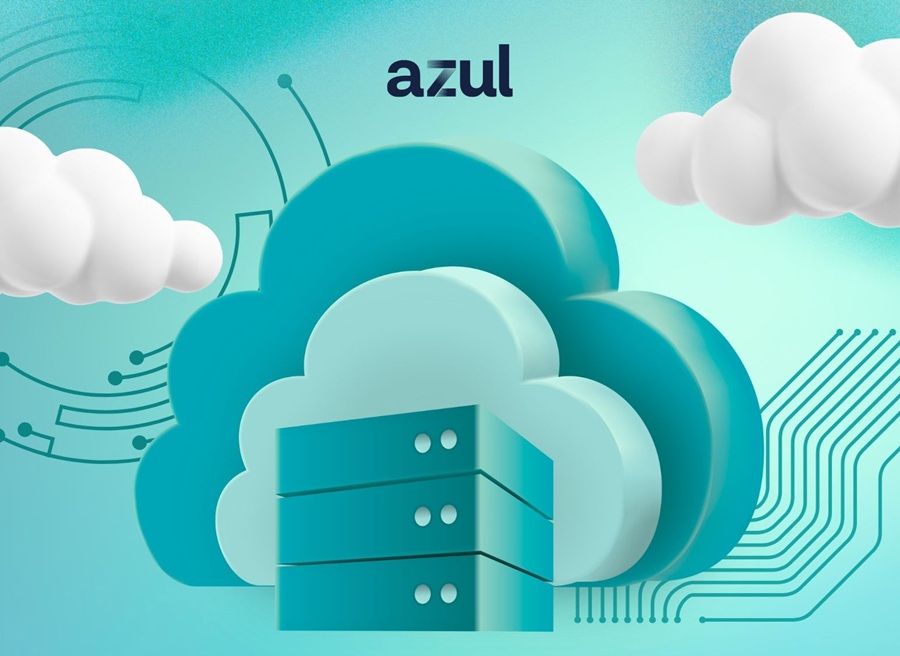ManageEngine announced patch management support for Apple Mac systems in the latest release of Desktop Central, the company’s desktop and mobile device management (MDM) software.
From a central location, IT organizations running Desktop Central can now manage desktops, laptops and servers running Mac OS X 10.6 or later.
The Apple Mac is enjoying steady, growing adoption in the enterprise. For fiscal year 2012, Apple reported 18.1 million Macs were sold, a 6.5 percent growth compared to the previous fiscal year. Despite the Mac’s growing popularity, many enterprises continue to manage Macs using haphazard, manual procedures that create real-time problems when performing patch updates and system maintenance for Macs.
"We are observing a steady growth of Mac computers across all verticals," said Mathivanan Venkatachalam, director of product management at ManageEngine. "But it only takes a few Macs on a network to create a complicated, time-consuming management chore for IT admins to manage manually. To help enterprises manage the Mac desktops and laptops, we're rolling out patch management support for Macs. Going forward, we will add more features for Mac management including software deployment, remote control and more."
The patch management support for Macs in Desktop Central helps IT staff overcome the vulnerabilities that create security weakness, corrupt critical system data or cause system unavailability.
Highlights of the new Mac patch management capabilities include:
- Mac OS and app support includes Mac OS X 10.6 (Snow Leopard), 10.7 (Lion) and 10.8 (Mountain Lion) as well as third-party applications such as Adobe, Java and others.
- On-demand patch scanning performs scans of all systems running a supported version of Mac OS X and apps and then reports on the vulnerability status of the network.
- Bulk and scheduled patch deployment lets administrators execute deployments based on patch priority and on time, e.g., weekends and other off-peak hours.
- Severity-based patch management allows administrators to create and configure severity levels for missing patches, which are then deployed based on severity.
- Patch approval mechanism tests and approves patches in a controlled environment to ensure that they are error-free and stable, before they are rolled out to the entire network.
- System health status reports provide granular-level details about system vulnerability level, missing and applicable patches, task status and more.
Desktop Central 8 support for Mac patch management is available immediately. The Free Edition of Desktop Central manages up to 25 computers and two mobile devices.
Related Links:
The Latest
Regardless of their scale, business decisions often take time, effort, and a lot of back-and-forth discussion to reach any sort of actionable conclusion ... Any means of streamlining this process and getting from complex problems to optimal solutions more efficiently and reliably is key. How can organizations optimize their decision-making to save time and reduce excess effort from those involved? ...
As enterprises accelerate their cloud adoption strategies, CIOs are routinely exceeding their cloud budgets — a concern that's about to face additional pressure from an unexpected direction: uncertainty over semiconductor tariffs. The CIO Cloud Trends Survey & Report from Azul reveals the extent continued cloud investment despite cost overruns, and how organizations are attempting to bring spending under control ...

According to Auvik's 2025 IT Trends Report, 60% of IT professionals feel at least moderately burned out on the job, with 43% stating that their workload is contributing to work stress. At the same time, many IT professionals are naming AI and machine learning as key areas they'd most like to upskill ...
Businesses that face downtime or outages risk financial and reputational damage, as well as reducing partner, shareholder, and customer trust. One of the major challenges that enterprises face is implementing a robust business continuity plan. What's the solution? The answer may lie in disaster recovery tactics such as truly immutable storage and regular disaster recovery testing ...
IT spending is expected to jump nearly 10% in 2025, and organizations are now facing pressure to manage costs without slowing down critical functions like observability. To meet the challenge, leaders are turning to smarter, more cost effective business strategies. Enter stage right: OpenTelemetry, the missing piece of the puzzle that is no longer just an option but rather a strategic advantage ...
Amidst the threat of cyberhacks and data breaches, companies install several security measures to keep their business safely afloat. These measures aim to protect businesses, employees, and crucial data. Yet, employees perceive them as burdensome. Frustrated with complex logins, slow access, and constant security checks, workers decide to completely bypass all security set-ups ...

In MEAN TIME TO INSIGHT Episode 13, Shamus McGillicuddy, VP of Research, Network Infrastructure and Operations, at EMA discusses hybrid multi-cloud networking strategy ...
In high-traffic environments, the sheer volume and unpredictable nature of network incidents can quickly overwhelm even the most skilled teams, hindering their ability to react swiftly and effectively, potentially impacting service availability and overall business performance. This is where closed-loop remediation comes into the picture: an IT management concept designed to address the escalating complexity of modern networks ...
In 2025, enterprise workflows are undergoing a seismic shift. Propelled by breakthroughs in generative AI (GenAI), large language models (LLMs), and natural language processing (NLP), a new paradigm is emerging — agentic AI. This technology is not just automating tasks; it's reimagining how organizations make decisions, engage customers, and operate at scale ...
In the early days of the cloud revolution, business leaders perceived cloud services as a means of sidelining IT organizations. IT was too slow, too expensive, or incapable of supporting new technologies. With a team of developers, line of business managers could deploy new applications and services in the cloud. IT has been fighting to retake control ever since. Today, IT is back in the driver's seat, according to new research by Enterprise Management Associates (EMA) ...
